#21st century skills
Text
what is 21st century skills
For K–12 students, the 21st century has brought in a new age of learning in the always-changing field of education. A globalized culture, changing employment patterns, and developments in technology have made it necessary for success to possess knowledge and skills that are very different from those of earlier generations.
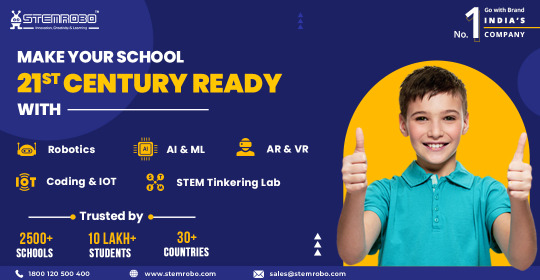
21st-century skills encompass a broad set of abilities that are essential for success in the modern world. These skills go beyond academic knowledge and include creativity, critical thinking, communication, collaboration, digital literacy.
As the world changes so quickly these days, schools are essential in helping children get ready for success. Schools may provide students with the knowledge and abilities they need to succeed in the contemporary world by implementing 21st-century skills into their curriculum and methods of teaching.
Importance in Education: Traditional education often focuses on imparting academic knowledge. However, in the 21st century, there is a growing recognition of the importance of developing these skills in students to prepare them for the challenges of the future.
Key Components of 21st Century Skills:
Critical Thinking: The ability to analyze information, evaluate arguments, and solve complex problems.
Creativity: Thinking innovatively to generate new ideas and solutions.
Communication: Expressing ideas clearly and effectively through various mediums.
Collaboration: Working effectively with others to achieve common goals.
Digital Literacy: Understanding and using digital tools and technologies.
The Role of 21st Century Skills in the Workplace
Employability: Employers are increasingly looking for candidates who possess 21st-century skills. These skills are seen as essential for adapting to the rapidly changing demands of the workplace and are often a key factor in hiring decisions.
Innovation and Entrepreneurship: 21st-century skills are vital for driving innovation and entrepreneurship. Creative thinking and problem-solving are essential for developing new products and services and finding new ways to meet customer needs.
Global Competence: In an interconnected world, the ability to collaborate across cultures and communicate effectively is essential. 21st-century skills enable individuals to navigate global challenges and opportunities and work effectively in multicultural teams.
Technology lies at the heart of this transformation. From interactive whiteboards to online learning platforms, technology has revolutionized the way students learn and teachers teach. With so much material readily available to them, students may now explore and discover more about topics that spark their interest.
Collaboration and communication skills are also at the forefront of 21st-century education. Students are encouraged to work together on projects, share ideas, and engage in meaningful discussions both in person and online. This not only enhances their learning experience but also prepares them for the collaborative nature of the modern workforce.
In the 21st century, critical thinking and problem-solving skills are now fundamental parts of education. Students have been encouraged to evaluate the knowledge they take in, do data analysis, and come up with creative solutions to difficult situations. This gives them the tools they need to not only face the problems of the future but also take an active role in influencing the world around them.
The future of K–12 education in the 21st century is bright. The opportunities to improve students' learning experiences are limitless as new teaching approaches and technology continue to advance. We can guarantee that K–12 education stays important, interesting, and influential for future generations by accepting these changes and adjusting to the demands of the modern world.
Preparation for the Future: In the quickly evolving world of today, 21st-century abilities like creativity, critical thinking, and digital literacy are crucial for success. By preparing them for new sectors and technology, these skills help students stay competitive in the employment market.
Improved Learning Experience: Students may get more fully involved in their education by emphasizing collaboration, interaction, and problem-solving abilities. As a result, learning becomes more purposeful and efficient.
Enhanced Academic Achievement: Accomplishment may be enhanced through the acquisition of 21st-century skills. For example, critical thinking and problem-solving abilities can support kids' success in math and science classes.
Enhanced self-assurance: Students experience an increase in confidence as they acquire and utilize 21st-century abilities. This confidence can translate into improved performance across all areas of their lives.
Improved Preparation for the Workplace: 21st-century skills including creativity, communication, and versatility are in high demand by employers. Students are better equipped to meet the demands of the modern job when these talents are developed early in life.
The importance placed on multidisciplinary learning and practical application in the job market is a unique aspect of 21st-century skills. When compared to traditional education, which frequently divides courses into separate subjects, 21st-century skills empower students to draw connections between various subject areas and apply what they have learned to real-world issues.
Under a project-based learning method, for example, students from various academic areas may collaborate to find a solution to a real-world issue. This helps students understand the significance of what they are studying and gets them ready for the collaborative, multidisciplinary behavior of today's industry.
Innovative educational tools and platforms are essential in the effort to provide students with the skills they need to succeed in the 21st century. This trend has been driven by STEMROBO, a leading supplier of STEM (Science, Technology, Engineering, and Mathematics) education solutions. STEMROBO is equipping children with the critical thinking, creativity, and Communication skills they need to succeed in today's world through its creative approach.
Students are challenged to think critically and work through challenging situations with STEMROBO's robotics and coding kits. Students gain practical experience in problem-solving, analyzing scenarios, and successful implementation via hands-on activities and projects.
Creativity and Innovation: STEMROBO promotes students' exploration of creative solutions to practical issues as well as the bringing out of their inner innovators. Students are encouraged to think differently and imaginatively through project-based learning and open-ended design challenges, which help them come up with original solutions to problems.
Collaboration and Communication: Students are encouraged to communicate and work together in the collaborative learning environment of STEMROBO. Students gain communication skills, listening comprehension, and effective teamwork to accomplish shared objectives whether they are working on a robotics project or a coding challenge.
STEMROBO provides end-to-end solutions to K-12 students and along with this it also provides teachers training program, to improve teaching method and make teachers learn the uses of new and innovative technologies (such as AR VR, Robotics/AI labs and other educational resources provided by STEMROBO) and how to apply them to create engaging as well as effective learning environment.
More Details visit : https://www.stemrobo.com/
0 notes
Link
0 notes
Text
Nurturing 21st Century Skills
Preparing Students for Success in the Modern World / Pregătirea elevilor pentru succes în lumea modernă
In the rapidly evolving landscape of the 21st century, education must adapt to equip students with the skills they need to thrive in a dynamic and interconnected world. The traditional model of education, centered on rote memorization and content delivery, is no longer sufficient. Instead,…
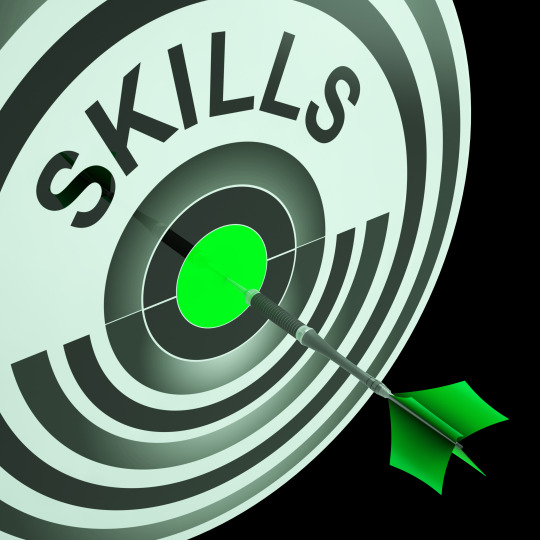
View On WordPress
#21st Century Learning#21st Century Skills#Active Citizenship Skills#Adapting to the 21st Century#Career-Readiness Skills#Collaboration in Education#Communication Skills in Education#Creative Thinking Skills#Critical Thinking Skills#Curriculum for the Modern World#Developing Essential Skills#Digital Literacy in Education#Education for the Future#Education in the Modern World#Future-Ready Skills#Global Competence#Innovation in Education#Lifelong Learning Skills#Modern Education#Nurturing Student Skills#Personalități românești#Preparing Students for Success#Problem-Solving Abilities#Skill-Based Education#Student-Centered Education#Technology and Learning
0 notes
Text
Mastering the Quintessential Tools of the 21st-Century Professional Arena
Navigate the 21st-century workspace with 'Orchestrating Success'. Master digital tools, leverage data, enhance interpersonal skills, & cultivate an entrepreneurial mindset. Shape your future!
Welcome to the stimulating labyrinth of the contemporary global workspace, a world where boundaries are defined by digital networks rather than geographic constraints, and where the speed of innovation persistently redefines the contours of professional success. The paradigms of traditional methodologies have shifted under the weight of a technologically sophisticated landscape, giving rise to a…
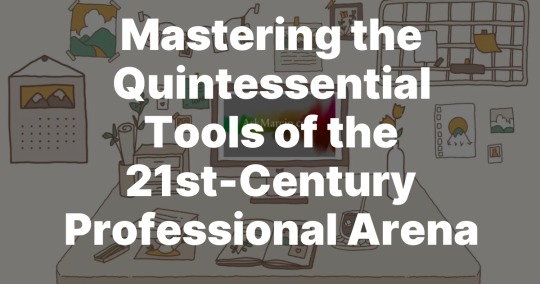
View On WordPress
#21st Century Skills#Adaptive Learning#Advanced Technologies#Agile Leadership#Business Agility#Business Innovation#Business Intelligence#Business Strategy#Career Advancement#Career Growth#Career Planning#Career Resilience#Change Management#Cognitive Flexibility#collaboration#Communication#Continuous Learning#Corporate Evolution#Creative Problem-Solving#Critical Thinking#Data Literacy#Data-Driven Decision Making#Digital Competency#Digital Disruption#Digital Literacy#Digital Transformation#Digital Workplaces#Disruptive Technologies#Effective Collaboration#Emotional Awareness
0 notes
Text
Nowadays, we are able to witness technology all over the places. I, as a college student is only one of the multi-million users of technology. Before, I'm only used at reading pages from books and listening from my teachers, but now, if you are a student or teacher and you do not have access to browse educational sites, social media, and other technological platforms, you might be in a critical state.
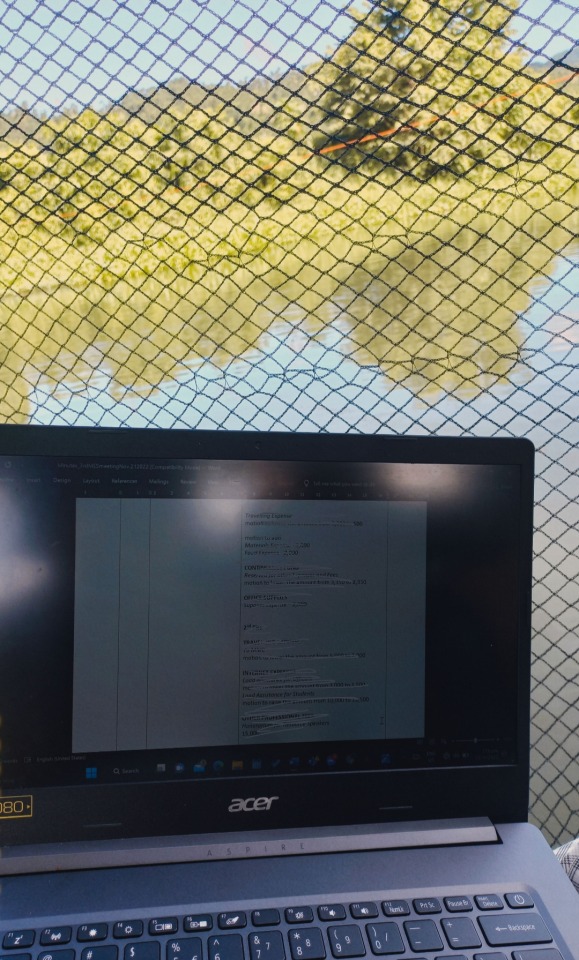
21st Century Skills with focus on Communication and ICT
Indeed, having gadgets such as mobile phone and laptop is an advantage in this era.
21st century learners are bound to be able to produce, synthesize, and evaluate information from a wide range of sources while also understanding and respecting various cultural traditions. Every student needs a 21st century education, so it would be be encouraging to foster deeper learning by fusing technologically-based academic material with activities that consciously develop the abilities, perspectives, and literacy that will enable students to be contributors in a world that is constantly changing.
As a future teacher, teaching students how to learn should be my primary responsibility. Through the integration of technology, it would foster innovation, promote teamwork, demand and reward critical thinking, and will aid me in teaching students the value of effective communication as well as communication skills. Students must acquire these skills in order to succeed in the dynamic workplaces of today and tomorrow.
To ensure student success, it is essential for students to master the core subjects:
English, reading or language arts
World languages
Arts
Mathematics
Economics
Science
Geography
History
Government and Civics
21st Century Key Themes:
Global Awareness
Financial, Economic, Business, and Entrepreneurial Literacy
Civic Literacy
Health
Literacy
Read more:
According to 21st Century Skills Framework, there are three types of 21st century skills that students should learn:
1. Learning and Innovation Skills - 4Cs
Critical Thinking
Communication
Collaboration
Creativiy
2. Information, Media, and Technology Skills
Information Literacy
Media Literacy
ICT (Information, Communications, and Technology) Literacy
3. Life and Career Skills
Flexibility and Adaptability
Initiative and Self-Direction
Social and Cross-Cultural Skills
Productivity and Accountability
Leadership and Responsibility
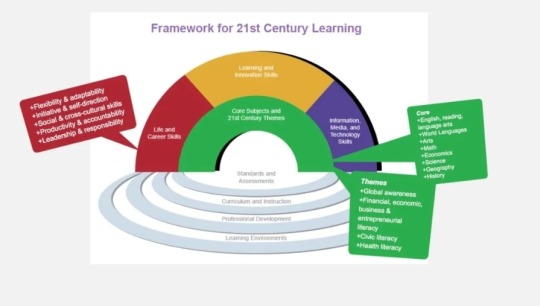
#21st century#21st century skills#innovation#communicationskills#critical thinking#collaboration#teamwork#lifeskills#career#21st century learning#ict
0 notes
Link
For More Details Visit our Website: https://www.stemrobo.com/
0 notes
Text
Interesting activities to foster problem solving skills in kids
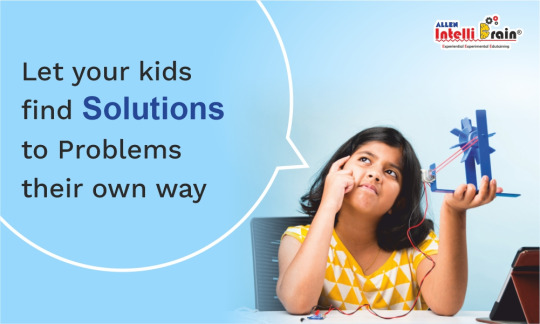
Problem-solving is an important skill to instil in children from a young age. It enables them to effectively deal with the pressures and problems around them. It pushes them to think outside the box and deal with life's challenges on their own. Problem-solving is fundamentally linked to cognitive development, as it encompasses all aspects of emotional, creative, and social learning.
It is recommended to engage kids in exercises and games that stretch their cognitive abilities in order to enhance their capacity for logical thought and problem-solving. Here is a list of 7 such interesting games and activities that can have a positive impact:
1. Solving puzzles
Puzzles are basically problems that must be solved. Each puzzle is a challenge that requires strategic thinking to complete. A child learns to observe, analyse, and take action. It improves visual perception, concentration, hand-eye coordination, and fine motor skills. The ability to take decisions builds confidence in them.
2. Building with Toys
STEM activities allow children to build and piece together something that works and is functional. Throughout the process, the child faces numerous challenges and setbacks, forcing them to wrack their brains in order to find a workable solution. These are excellent for an experiential learning approach.
3. Engaging activity books
There are activity books that are designed to help you improve a specific skill in a fun way. For example, finding the difference between two images, finding the odd-one out, and finding hidden objects in a picture develop a kid’s ability to identify problems and search for information. As the kid grows, the complexity of these books can be increased.
4. Asking questions during the story
Instead of simply reading a story, asking questions throughout helps them focus and develop higher-order thinking skills. It makes them think about the reasons and logic behind their answers. These abilities also improve their academic performance and make them active listeners in class.
5. Board Games
Board games are an excellent way to improve problem-solving skills. They teach the ability to follow rules and move in a logical sequence. It allows for parental or group involvement, which provides an opportunity to bond and work collaboratively toward a common goal. Such abilities are important not only in school but also in the workplace.
6. Art and Craft
Another excellent way to teach problem-solving skills is to involve them in arts and crafts. Introducing kids to a variety of materials found around the house, such as markers, modelling clay, cardboard boxes, tape, paper, and so on, allows them to produce interesting creations and play imaginative games. These "open-ended toys" do not have a "correct way to play," instead assist in the development of creative and independent thinking skills.
7. Classifying and Grouping Activities
This activity is ideal for children who are just beginning to learn new skills. Allowing them to group toys of similar colours, separate mom and dad's clothes for washing, or arrange books according to height, are a few examples. The goal is to teach the skill of classifying and categorising information through the use of physical objects in a fun and engaging way.
One of the most in-demand 21st-century skills is problem-solving. While it is believed that kids learn the basics of problem-solving by the age of three, it is not refined because of short attention spans and difficulties in understanding problems on their own. As they get older, their problem-solving abilities improve. However, starting early has a distinct advantage.
0 notes
Text
WHAT ARE CHARACTERISTICS OF ASSESSMENT OF 21ST CENTURY SKILLS?
WHAT ARE CHARACTERISTICS OF ASSESSMENT OF 21ST CENTURY SKILLS?
The characteristics of 21st century skills’ assessment include the following:
Assessment data is clear and transparent for all stakeholders
Assessment is adapted to students’ setting
Assessment is balanced and inclusive of all stakeholders
Assessment is communicative
Assessment is comprehensive
Assessment is flexible
Assessment is informative
Assessment is integrated (should be…
View On WordPress
0 notes
Link
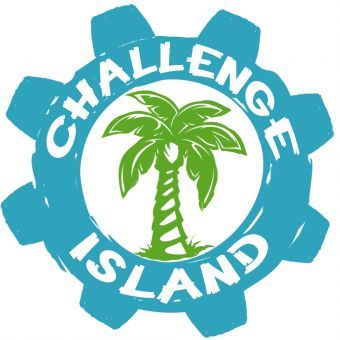
Engaging STEAM-based hands on challenges for students in grades PK-12.
0 notes
Text
A Comprehensive Guide to 21st Century Skills
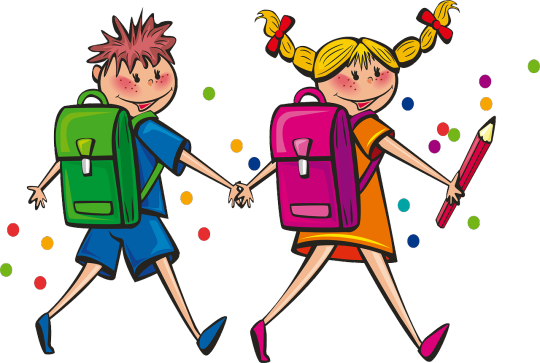
A Comprehensive Guide to 21st Century Skills The learning process in the 21st century has transformed by leaps and bounds. Rote learning and the traditional curriculum of just getting good marks are not enough to succeed in the current scenario. Jobs today and in the future, require skills like critical thinking, prompt problem-solving, the ability to lead, persuade, and influence others, be a team player, etc, to be able to lead a fulfilling and successful life. Not only for the future, possessing such skills make the life of young learners better and more fulfilling, and help them cope with any situation they may face- emotional or intellectual.
But what are these skills?
Do they affect a child’s academic performance?
How will these skills be helpful to a student in the present and in the future?
These are some of the questions that come to our minds when we think of inculcating these skills in our child. All these skills like critical thinking, communicating well, being a team player, leadership, problem-solving, and many more are known as 21st-century skills. Students will need to develop these skills in the classroom so they can have great careers in the future! The following 21st-century skills are a must for young learners to have a successful future.
1. Communication
2. Collaboration
3. Critical thinking
4. Creative thinking
5. Information Literacy
6. Media Literacy
7. Technology Literacy
8. Flexibility
9. Leadership
10. Initiative
11. Productivity
12. Social Skills
Let us know a bit more about each one of them
I. Learning Skills
● Communication is one of the most important skills for young learners. It involves the ability to effectively convey their message, ideas, or information to others.
● Collaboration involves the ability to get along with others to achieve a common goal and value others’ points of view.
● Critical thinking is one of the most important skills. It is the ability to analyze, draw conclusions and form an opinion of one's own. It aims at developing problem-solving skills in students.
● Creative thinking is the ability to innovate and think out of the box. For instance, whenever required, the ability to look for alternate solutions is creative thinking. Together, these skills are known as the 4-Cs of 21st Century skills. They can be acquired by enrolling in various courses that are available in both online and offline mode.
II. Literacy Skills (IMT)
● Information literacy is the understanding of facts, figures, statistics, and data.
● Media literacy involves the understandin the children. So its Essential to upgrade skills of a child today, so that the become more confident and better adults for tomorow.
0 notes
Link
The 21st century is an era of new dimensions, new openings, endless opportunities, and insane innovations, which have brought a massive shift in the education system. Read more.
0 notes
Text
"I've known a lot of people, girlie."
This morning, instead of laboring for capital as required, I was daydreaming about how — canonically & in contrast to the typical fanfic portrayal — Hob never actually becomes less of a jerk. And my brain was arguing like Well, he was kind of sweet with Gwen, wasn't he? So I went back and read that last scene at the Ren Faire &... I mean, no, he becomes morally a better person, but he's still kinda a jerk. And I 100% forgot about him calling Death GIRLIE!
😳

I mean, oh boy, are you lucky she's so understanding, Hob!
#the sandman#hob gadling#And also the way he talks to the people working at the Ren Faire. It is totally understandable & he has unique reasons...#...to hate the whole operation but he's not exactly polite#which reinforces my theory that Hob is a FASCINATING character but not someone I'd want to spend time with#I mean this was the early nineties so maybe he made some progress in the last thirty years.#It's Hob. He's adaptable. His whole thing is learning and growing — slowly but like he gets there and I do like that.#So maybe Hob 2022 is actually the sweet 21st century man#the gentle professor#the one with the good communication skills who can teach Dream a thing or two#and doesn't talk to women like an asshole (and everyone like an asshole honestly)#Anyway. I am still supposed to be working.
32 notes
·
View notes
Text

theres no fixing her im afraid she is thoroughly fucked up
#wuh oh websoup going rogue#websmp#web smp#websmp lore#ssoupcup#websoup#mcyt#mcyt fanart#magichemist#suspicious stew#sorry now the duo name conversation has happened i felt like I had to#magichemist I’m sorry I keep threatening u#or maybe I’m not#no it’s quite fun actually#yeah fuck u its ur fault for being cryptic/lh#i rlly need to work on my comic layout skills and i feel like my print handwriting just throws off the whole vibe but my other handwriting#is rlly loopy and on a big slant. it looks like a victorian woman swallowed a whole 21st century starbucks order#and tried to write up her scientific notes whilst suffering dnf dying from the consumption#you get what i mean i hope#i can show u guys actually bc its how i write most of my notes nowadays
13 notes
·
View notes
Text
pleased to report that between my shit whetstone and my shit army knife I can still get a good enough edge to shave the hair off my arms
#not a straight razor quality shave but whatever it's still smooth#useful skills for the 21st century!
3 notes
·
View notes
Text
i've finally put into words why the sandman feels a tad odd and it's the tonal shift between the first and the second parts of the season plus quite a bunch of new characters that do seem interesting but have no time to get us attached to them whatsoever. the first part has its grandeur, its time to establish the narrative and character development, it just feels like a story about someone who's above human beings yet not omnipotent at all, the pacing and the tension are ridiculously amazing (that's coming from yours truly who can't really watch anything without skipping). and the visuals? oh my fucking god the visuals... and the 5th and 6th episodes in particular? favs for sure.
meanwhile the second part had me completely uninterested in the whole vortex plotline and even though we are talking about a possibility of the _universe_ being destroyed it feels as if the stakes are much lower now.
ofc it's not all there is to criticise but i agree with somebody on the internet who said that the second part of the season should've been the first one and vice versa. or at least they could've made two separate seasons that would also be nice.
also desire is annoying. sorry not sorry.
#i accidentally watched the fifth episode instead on the first one AND STILL ENJOYED IT IMMENSELY#it's that good omg...#also people describing a cosmic (?) entity as pathetic and emo because said entity didn't really interact with humans#therefore couldn't socialize as we do esp now in the 21st century??...#ofc dream is a massive wanker sometimes and other times a bit less of a wanker but babe really?#you dropped your watching comprehension skill#sandman#sandman netflix#dream
6 notes
·
View notes